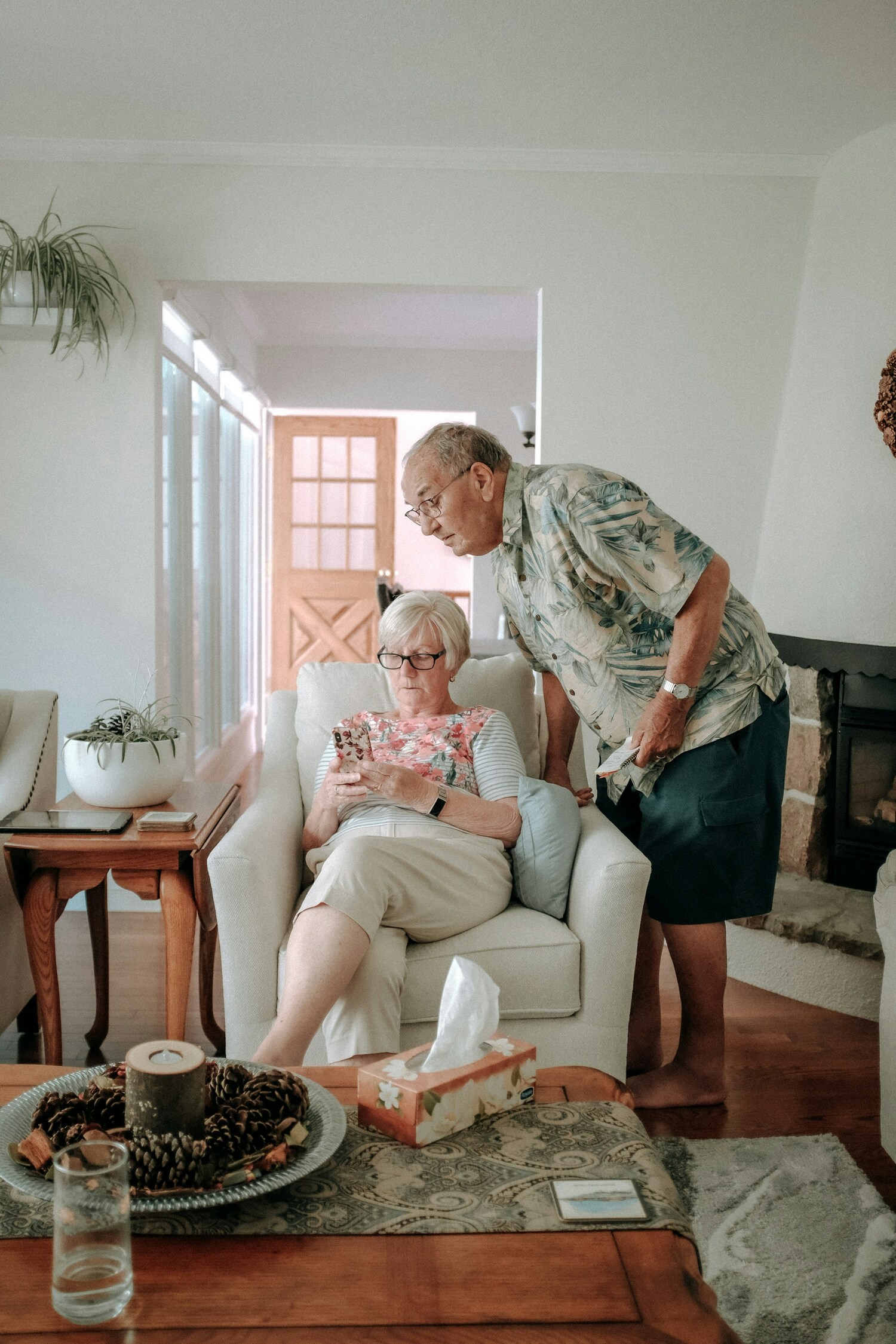For many retirees, moving into a 55+ community promises convenience, a quieter lifestyle, and amenities designed for older adults. These neighborhoods often market themselves as the perfect blend of comfort, social opportunities, and hassle-free living. However, behind the manicured lawns and community centers, there can be hidden emotional costs that aren’t always talked about.
Living in a 55+ community is not just about location. It’s a shift in lifestyle, identity, and social dynamics. While some thrive in these environments, others find that the trade-offs can be emotionally taxing. Before you decide to make the move, it’s essential to understand how this lifestyle might impact your mental and emotional well-being.
Here are eight emotional costs of living in a 55+ community that you may not have considered.
8 Emotional Costs of Living in a 55+ Community
1. A Sense of Social Isolation
One of the biggest surprises for new residents is the feeling of social isolation. While 55+ communities advertise plenty of social activities, real connections don’t always happen easily. People who are used to intergenerational friendships or vibrant, diverse neighborhoods can feel cut off in an environment where everyone is the same age.
Even if there are events and clubs, some retirees feel left out or struggle to find like-minded individuals. Without younger neighbors, families, or children around, the environment can feel quiet and even lonely.
2. Feeling “Aged” by the Environment
Living in a community exclusively designed for seniors can sometimes amplify feelings of aging. When every neighbor, activity, and conversation revolves around retirement, health, or age-related issues, it’s easy to feel like you’ve entered a phase of life defined by decline rather than opportunity.
For active, youthful-minded seniors, this can be emotionally draining. Instead of feeling empowered, some people report that living in a 55+ community makes them feel “older” than they really are.
3. Loss of Independence and Privacy
Many 55+ communities have strict rules, homeowners’ associations (HOAs), and guidelines about how you can use your property. While these rules are intended to maintain order and aesthetics, they can leave residents feeling controlled.
From restrictions on parking to limitations on renovations or even holiday decorations, these rules can feel stifling. For retirees who value independence and freedom, this loss of control can lead to frustration and resentment.
4. Emotional Impact of Downsizing
Moving to a 55+ community often involves leaving behind a longtime family home. Downsizing can be emotionally challenging, as it means parting with possessions, memories, and a sense of history.
This emotional cost is often underestimated. For many retirees, their home represents decades of family gatherings, milestones, and personal achievements. Letting go of that space can create feelings of sadness and even grief, particularly in the early months after the move.
5. Limited Interactions with Younger Generations
One of the downsides of living in an age-restricted community is the lack of interaction with younger people. While some enjoy being surrounded by peers, others miss the vibrancy and fresh perspective that younger neighbors bring.
Grandparents who love being around children may find the absence of families and kids especially hard. Over time, this lack of intergenerational connection can lead to feelings of being disconnected from the broader world.

6. Pressure to Conform
55+ communities often have a strong sense of uniformity, whether in terms of property aesthetics, social events, or even unwritten rules about how people should behave. Residents who are more independent or introverted may feel pressured to “fit in” with community norms, even when those norms don’t reflect their personal values.
This pressure to conform can lead to emotional stress or a feeling of being judged, especially for those who prefer a more unconventional lifestyle.
7. Emotional Toll of Health Declines Around You
In a community where all residents are over a certain age, it’s common to see friends and neighbors dealing with declining health. While this is a reality of aging, being constantly surrounded by these reminders can be emotionally heavy.
For some, witnessing neighbors struggle with illness or mobility challenges creates anxiety about their own future health. This environment can sometimes feel less like a fresh start and more like a daily reminder of life’s limitations.
8. Regret Over the “Lifestyle Promise”
Many 55+ communities are marketed as carefree havens with endless social activities, resort-like amenities, and a strong sense of community. The reality doesn’t always match the promise.
Some residents discover that activities are poorly organized, amenities are overhyped, or social groups feel exclusive rather than welcoming. This gap between expectation and reality can lead to feelings of regret or disappointment, particularly if the move was expensive or permanent.
How to Minimize the Emotional Costs
If you’re considering moving to a 55+ community, the best way to avoid emotional pitfalls is to do your research and ask tough questions. Spend time visiting the community, attending events, and talking to current residents to get a realistic picture of life there.
Consider whether you’re comfortable with the rules, whether the community truly fits your lifestyle, and how you’ll stay connected with friends and family outside of the neighborhood. Emotional preparation is just as important as financial planning when it comes to retirement living.
Is a 55+ Community Right for You?
Living in a 55+ community can bring convenience and simplicity, but it also comes with emotional trade-offs that are easy to overlook. Before making the move, consider whether the environment aligns with your personality, independence, and need for social connection.
Would the emotional challenges of a 55+ community outweigh the conveniences for you?
Read More:
6 Mistakes That Can Turn a Comfortable Retirement Into Panic
Why Retirees Are Fleeing the Suburbs in Record Numbers
Read the full article here
















